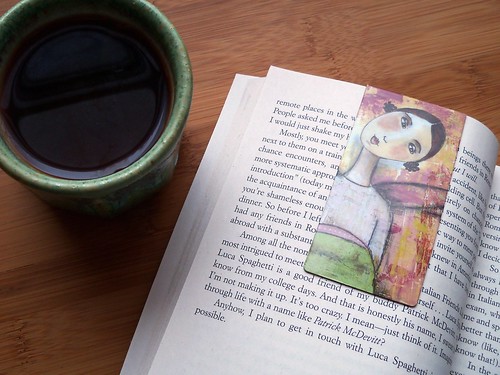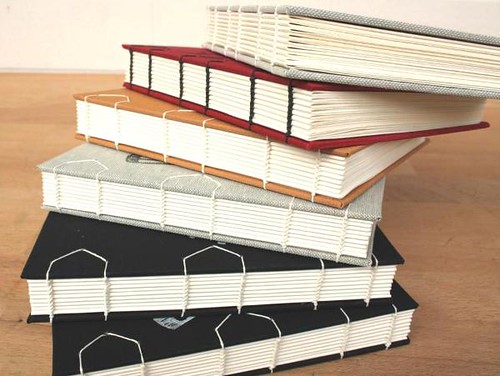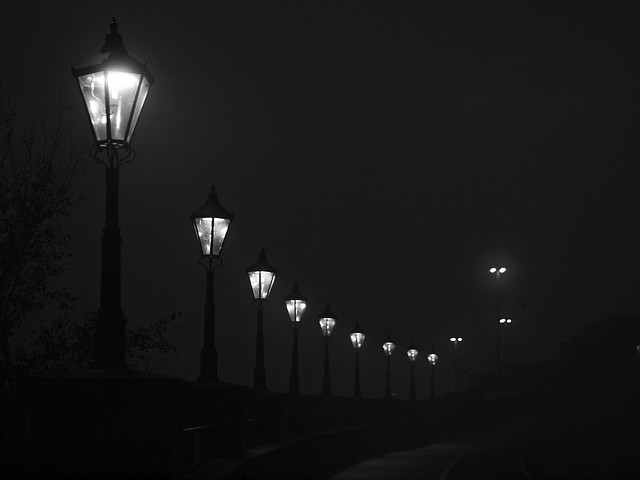 |
| Photo credit: phototakeouterBX on Flickr |
A couple days ago, some disheartening news about Barnes & Noble was unleashed upon the literary world. In short, Barnes & Noble has suffered some very serious losses last fiscal quarter, giving many a sense of saddened deja vu. Because we’ve seen this before, and it didn’t end well for Borders.
While I’m still holding out hope for a Barnes & Noble recovery, it does make me wonder what would happen if the last major chain bricks-and-mortar bookstore went under.
While a world without bookstores would certainly make me very sad, I do believe that the book world would survive. Readers would continue reading and writers would continue writing—they’d just go about getting their books a little differently.
I imagine a world without bricks-and-mortar bookstores would create an enormous push for online retailers like Amazon, as well as further encourage sales of e-books and e-readers. The print market would likely take a hit, as the physical shelf space would decrease dramatically, and readers would be faced with the choice of waiting a week for their print book to arrive, or waiting thirty seconds for their e-book to download.
The literary world would change, certainly, but I believe wholeheartedly that it would evolve and survive.
What we would lose, however, is the experience of a bricks-and-mortar store. Gone would be the days of browsing shelves of freshly-printed possibilities with a cup of coffee in hand. We would no longer be able to walk into a physical store dedicated solely to showcasing and selling stories.
As someone who still feels a nostalgic sort of sadness every time I pass a closed ex-Borders store, I would without a doubt be heartbroken over the closing of Barnes & Noble, if it did come to that. But while we would mourn the loss of the books-and-mortar experience, I do believe that books would survive and the literary world would move on.
It’d just be without a physical store.
What do you think a world without bookstores would be like?
Twitter-sized bites:
What do you think the fall of Barnes & Noble would mean for the book world? (Click to tweet)
What would a world without bookstores look like? One writer speculates. (Click to tweet)




















